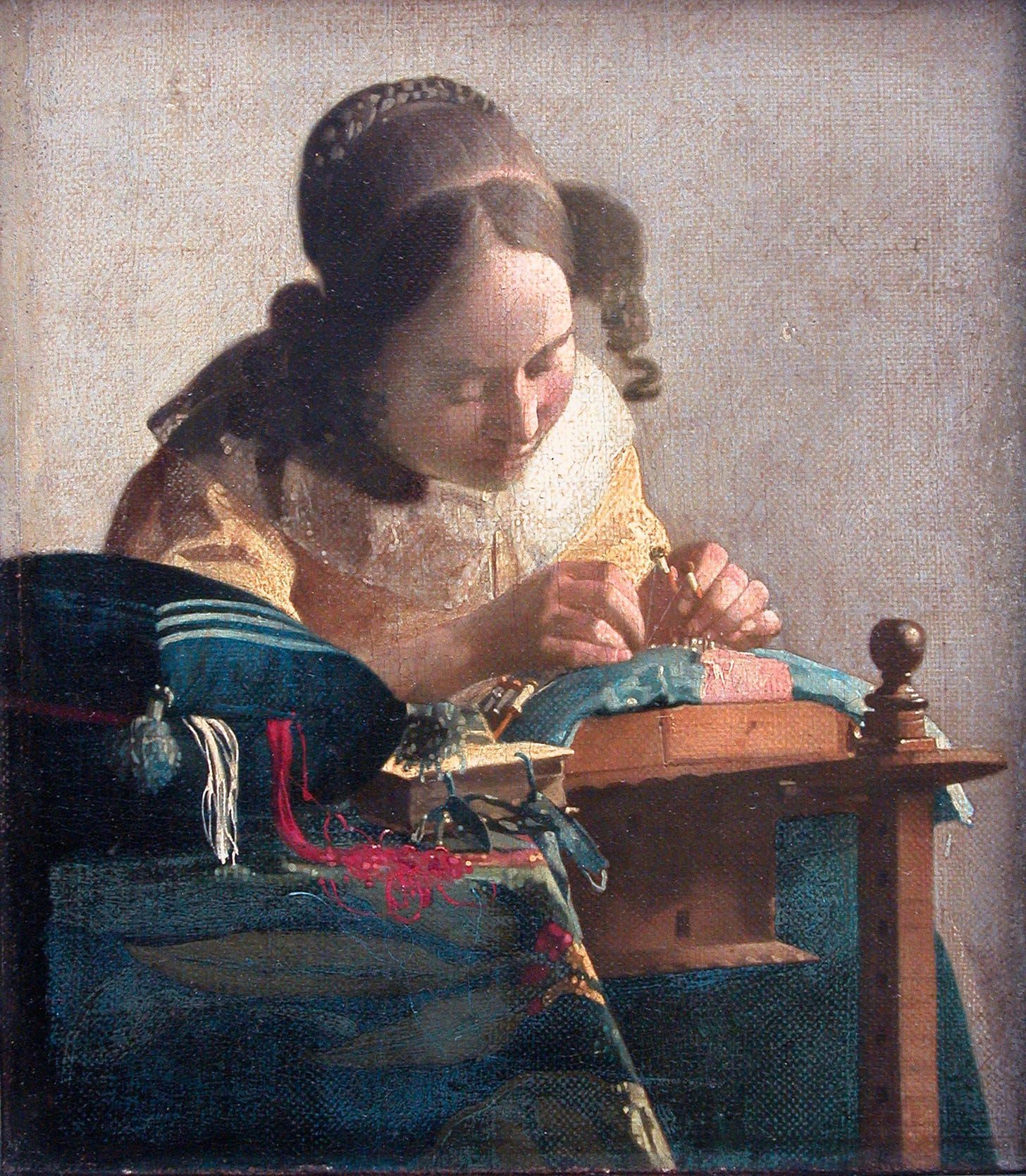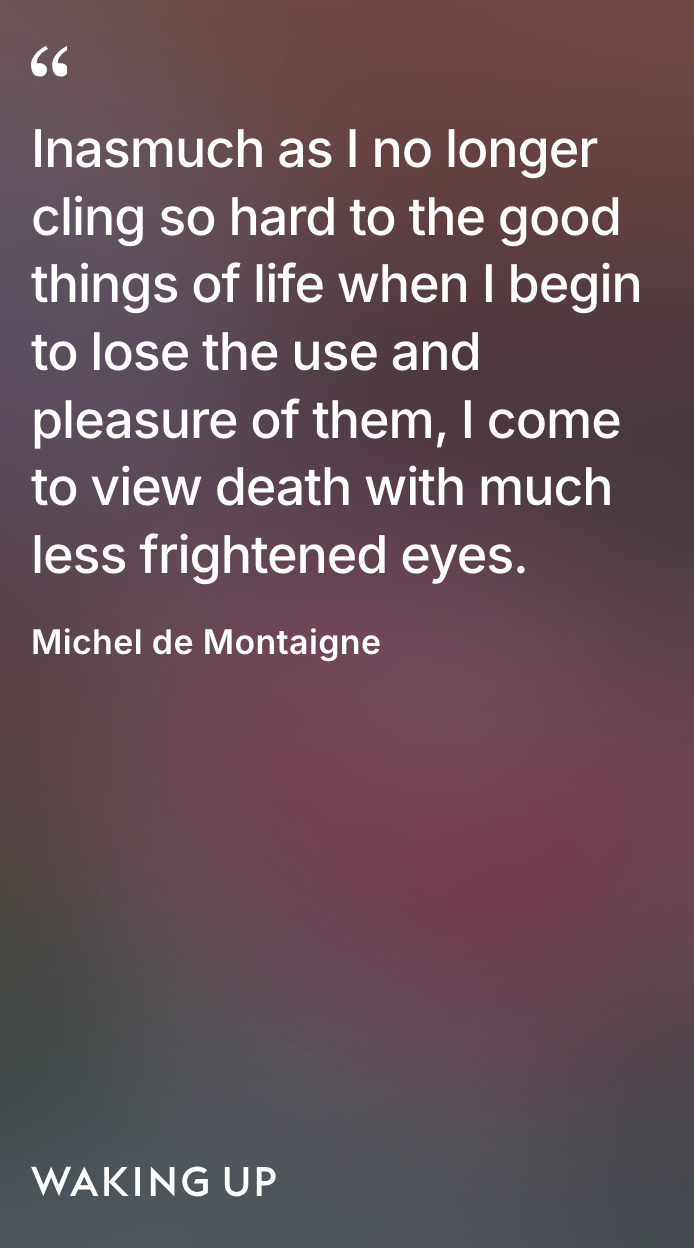💎 Friday Gems (Defense against Brainrot, Toward a mindful designer, Plato’s Allegory of the Cave, and much more!)
“Most people are not just comfortable in their ignorance, but hostile to anyone who points it out.” ― Plato

You know those moments when you come across a concept that you don’t fully understand, and instead of taking the time to learn more about it, you move on?
Understandably, ain’t nobody got time to stop and look up a concept every time we hear the word!
But what if we stopped to understand better the concepts that elude us?
In today’s newsletter, I did just that.
One concept I’d been skipping past for years finally caught my attention this week.
This past Sunday, I came across Plato’s Allegory of the Cave, and instead of moving on, I finally decided to take some time to learn about the importance of the story. I watched YouTube videos, searched online for the story so I could read it myself.
I found the allegory fascinating and on point for how people operate in this world by believing what the people tell them is real instead of seeking the truth for themselves.
I hope you take the time to start collecting concepts that you come across and need to learn more about, so just like in Plato’s Allegory of the Cave, you can be the prisoner who escapes the cave once and for all.
In stillness, find your next step.✊🏽
Today's Gems
Personal Growth: The defense against slop and brainrot
The Mindful Designer: Toward a mindful designer: Mindfulness as an essential skill for interaction designers
Philosophy: Plato’s Allegory of the Cave
Wisdom: On Authenticity
Personal Growth
The defense against slop and brainrot
When friction disappears, so does a hidden form of conditioning. Consider what happens when you remove resistance from any training: your muscles atrophy. The same principle applies to mental capabilities. Every hard task you delegate is a rep you didn't do, a pattern your neurons didn't carve deeper.
As AI lures us into taking the easy way out.
As AI entices us to take one more hit.
As AI puts us in the back seat of our own thinking.
As AI promises to automate the hard work.
We can push back and invest the time needed to learn and develop the skills we require while intentionally using AI, so we don’t hand over what makes us human, our essence, to the AI overlords.
Let’s keep the friction in gaining knowledge and skills that set us apart.
I love the passage Paul shared from Daniel Coyle’s book, The Talent Code, which uncovers the process of developing skills at the molecular level:
“The talent code is built on revolutionary scientific discoveries involving a neural insulator called myelin, which some neurologists now consider to be the holy grail of acquiring skill. Here’s why. Every human skill, whether it’s playing baseball or playing Bach, is created by chains of nerve fibers carrying a tiny electrical impulse—basically, a signal traveling through a circuit. Myelin’s vital role is to wrap those nerve fibers the same way that rubber insulation wraps a copper wire, making the signal stronger and faster by preventing electrical impulses from leaking out. When we fire our circuits in the right way—when we practice swinging that bat or playing that note—our myelin responds by wrapping layers of insulation around that neural circuit, each new layer adding a bit more skill and speed. The thicker the myelin gets, the better it insulates, and the faster and more accurate our movements and thoughts become.”
Let’s aim for slow and steady knowledge acquisition.
Let’s aim to develop the fundamentals instead of opting for quick hacks.
Let’s aim for boring repetition where the true skill development happens.
Expertise takes time and we must be willing to put in the effort so we can stand out in a world of brain rot and slop.
The next time you are faced with the choice of taking the easy way out, remind yourself:
The resistance training nobody talks about isn't happening in gyms—it's happening in the space between stimulus and response, in the choice between easy and excellent, in the daily decision to build strength instead of just borrowing it.
✊🏽
🔗 in Kimchi & Gabagool
The Mindful Designer
Toward a mindful designer: Mindfulness as an essential skill for interaction designers
As designers, what must we add to our toolkit to reimagine and design a sustainable future?
As technology takes over every aspect of our outer world, there is one place we can hope to find peace and that is our inner state. As designers, we can practice mindfulness to create the space needed to be fully present at work and in our lives so we can learn, listen, and think clearly.
As the challenges we must solve for evolve and become more complex, we must take the time to find the inner peace so we can keep our most precious resource, our attention, focused on the task at hand.
A designer who practices mindfulness understands that problem-solving is not a one-time event, but rather a continuous process of improving the current state toward a better future state. They acknowledge that change is inevitable and strive to learn and grow with their users in a constantly evolving technological environment.
As you go about your day, think about how you might bring more mindfulness into your day to help you solve the problems the best you can.
🔗 Interactions.acm.org
Philosophy
💡 Plato’s Allegory of the Cave
Last weekend, I decided that I was going to learn what Plato’s Allegory of the Cave was all about. I had heard about it in passing, but never stopped to understand the lesson it conveys, and I’m so glad I did.
This video does a great job explaining the story. The people in the cave took the shadows as reality. Little did they know that other people were casting the shadows which they took to be real, so real in fact that when one of the prisoners who was able to get out of the cave and see the truth of how things were, and when he went back down to the other prisoners, they mocked him and even threatened him with violence to keep their way of living intact.
“Most people are not just comfortable in their ignorance, but hostile to anyone who points it out.”
― Plato, The Allegory of the Cave
How does this story apply to our own selves?
We are the prisoners in the cave.
We are the ones believing the shadows of the shapes thrown onto the cave walls are our reality.
We are the ones believing in the ideas passed onto us by the media, corporations, politicians, religious leaders, and others with ulterior motives, as truth, so they can keep their power over us.
We are the ones who need to go outside the cave by breaking free of the ideas we are made to believe as facts and just how things have always been, even though they hurt others.
We are the ones who need to seek the truth out and experience reality for ourselves, instead of believing in old, passed-down stories.
We are the ones who cannot go back to ignorance once we understand reality and our connection with the world, the people, and all living things within it.
We must break free from ignorance!
Wisdom
On Clinging to the good and rejecting the bad
Art
Cover art for Three Stories I must tell
Just look at the deep orange color of the sun rays on the beautiful mountain. 🥰
That’s it for this week’s Friday Gems.
In stillness, find your next step.✊🏽
Low Fidelity explores the inner game of creativity through mindsets, mindfulness, and personal growth, drawing on honest stories and lessons from lived experience. Inspired by a Zen approach, it invites presence, patience, and simplicity into the creative process.
Founded and led by Rizwan Javaid, Low Fidelity offers reflections and insights to help readers navigate their own creative and personal journeys with clarity, intention, and a sense of calm focus.









